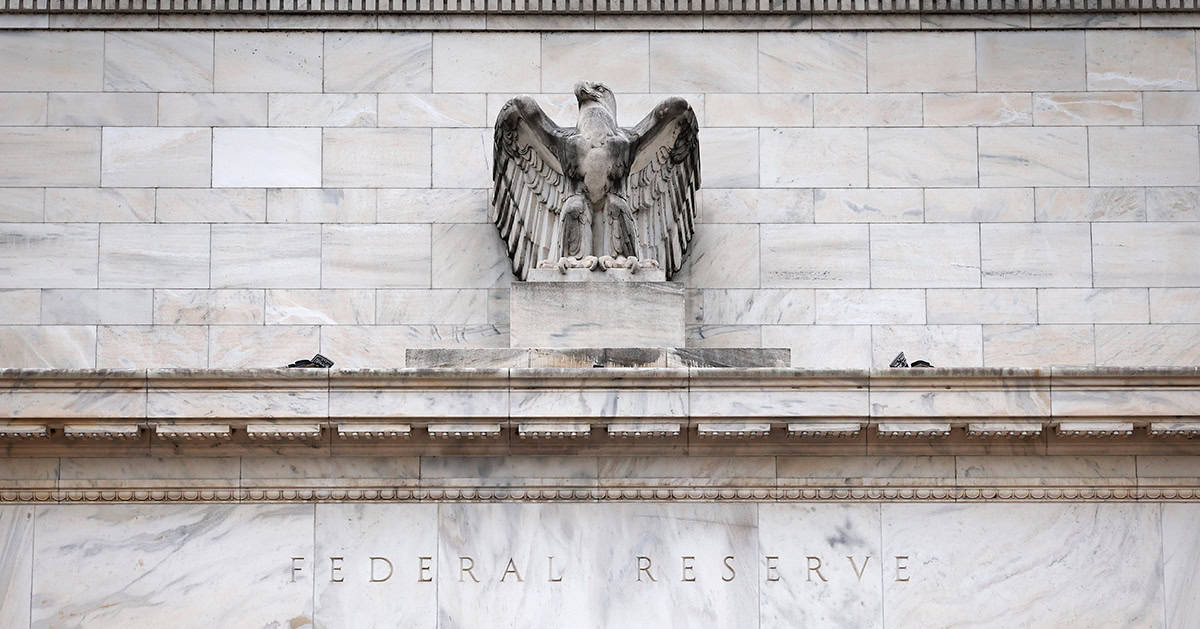While investing in a college education has undeniable, lifelong economic benefits, excessive levels of student debt can impose hefty financial burdens on borrowers — such as restricting how much they can save for retirement, affecting their ability to buy a home, and even delaying life decisions such as starting a family. Those effects are being felt by Americans across the country as young college graduates today are entering the workforce with unprecedented amounts of student debt, and older Americans are still paying off such debt years after graduation.
Below, we explore some key facts on the growth and distribution of student debt in the United States, mostly based on data from the Federal Reserve and the U.S. Department of Education.
1. Student debt has more than doubled since 2008. The amount of student debt in 2023 totaled $1.6 trillion, more than twice the amount outstanding in 2008 ($600 billion). That growth in debt significantly exceeds changes in the number of students over that period, which the Department of Education estimates has decreased by three percent among undergraduates and increased by 12 percent at the graduate level.
2. Student loan debt has been growing faster than other sources of household debt. From 2004 to 2023, student loan debt rose over 500 percent — growing faster than other household debt. Student debt is also the third-largest source of household debt, trailing only mortgage debt and auto loan debt.
3. More adults are burdened with student debt today. One major reason for the significant rise in student debt is that more Americans are borrowing to attend college. The percentage of households with student debt has more than doubled, from 10 percent in 1992 to 21 percent in 2022. That trend is true for younger households as well; the prevalence of student debt for households led by someone aged 25 to 39 has climbed from 15 percent in 1992 to 41 percent in 2022.
4. Adults face a much higher burden of student debt than in the past. The average amount of such debt owed per household has increased substantially over the past several years, which has also contributed to the growth in the total amount of student debt outstanding. Among households that took out student loans, the average amount of such debt owed increased over three-fold from 1992 to 2022 — even after adjusting for inflation.
5. Borrowing for graduate schools accounts for nearly one-half of student loans issued each year. The rise in student debt is partially due to the increase in borrowing for graduate school. While individuals pursuing a graduate degree accounted for only 17 percent of postsecondary students in the fall of 2021, that group accounted for 47 percent of student loans issued in the ’21-22 academic year. By comparison, graduate school students accounted for 14 percent of postsecondary students in the fall of 2010 and 33 percent of total loans originated in the ’10-11 academic year. In total, the Congressional Budget Office estimated that borrowing for graduate school programs accounted for about one-half of student debt outstanding as of 2017.
6. Most student debt is owed to the federal government. Just over 92 percent of all outstanding student debt is owed to the federal government, with private financial institutions lending the remaining eight percent. That distribution marks a substantial difference from a few decades ago when private lenders provided student loans, but subsidized and backed by the federal government.
7. Women, Black borrowers, and students at for-profit schools owe more federal student debt, on average, than other groups of borrowers. On average, women owe nearly $3,000, or 10 percent, more student debt than men. Black borrowers owe over $13,000, or nearly 50 percent, more than white borrowers. Factors such as enrollment rates in graduate school programs, type of college attended, and economic outcomes after graduating can affect those debt levels. For instance, those who attended private, for-profit colleges owed about $14,000, or around 50 percent, more than borrowers who attended public or private, non-profit schools.
8. Students at for-profit schools and Black borrowers have the highest federal student loan default rates. Primarily due to higher average debt levels as well as lower earning and employment outcomes, the default rate is highest for borrowers who attended for-profit colleges compared to non-profit and public schools. In the most recent data available, 34 percent of students who began their education at a for-profit school in the 2011–2012 academic year, and entered repayment of their federal loans by 2017, defaulted on their loans. Partially due to higher enrollment rates at such schools, Black borrowers also have a high default rate, at 29 percent — more than double the 12 percent default rate of white borrowers. Women default on their federal loans at about the same rate as men, 17 percent and 16 percent, respectively.
9. Before the pause on student loan repayment, the amount of federal student loans in default or delinquency was rising. The federal government temporarily paused payments on federal student loans because of the COVID-19 pandemic, but the amount of such loans in default or delinquency status was rising prior to this decision. The amount of such loans increased nearly 50 percent — rising from $178 billion in 2016 to $263 billion in early 2020.
10. Student debt may affect the economic outlook for Americans. Research by experts at the Federal Reserve indicates that student debt may depress the homeownership rates of households led by young adults. From 2005 to 2014, the homeownership rate for all households dropped by four percentage points while the rate for households led by someone aged 25–34 dropped by nearly nine percentage points. Other research has suggested that student debt can affect other aspects of the economy as well — hampering the growth of small businesses, limiting how much Americans can save for retirement, and even delaying marriage and family formation.
Image credit: Photo by Prasit Rodphan/Getty Images/iStockphoto
Further Reading
How Do Quantitative Easing and Tightening Affect the Federal Budget?
The Federal Reserve plays an important role in stabilizing the country’s economy.
How Do Federal Student Loans Affect the National Debt?
Student debt held has been steadily increasing ever since the federal government switched to direct lending.
How Does Climate Change Affect the Federal Budget?
Climate change and its effects already impose a cost on the American economy and the federal budget.



